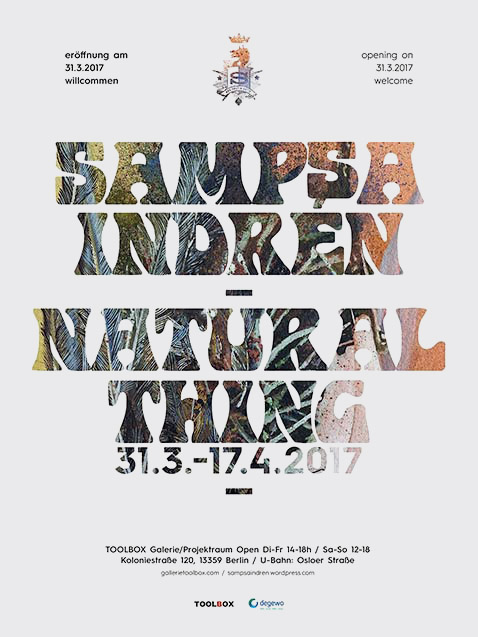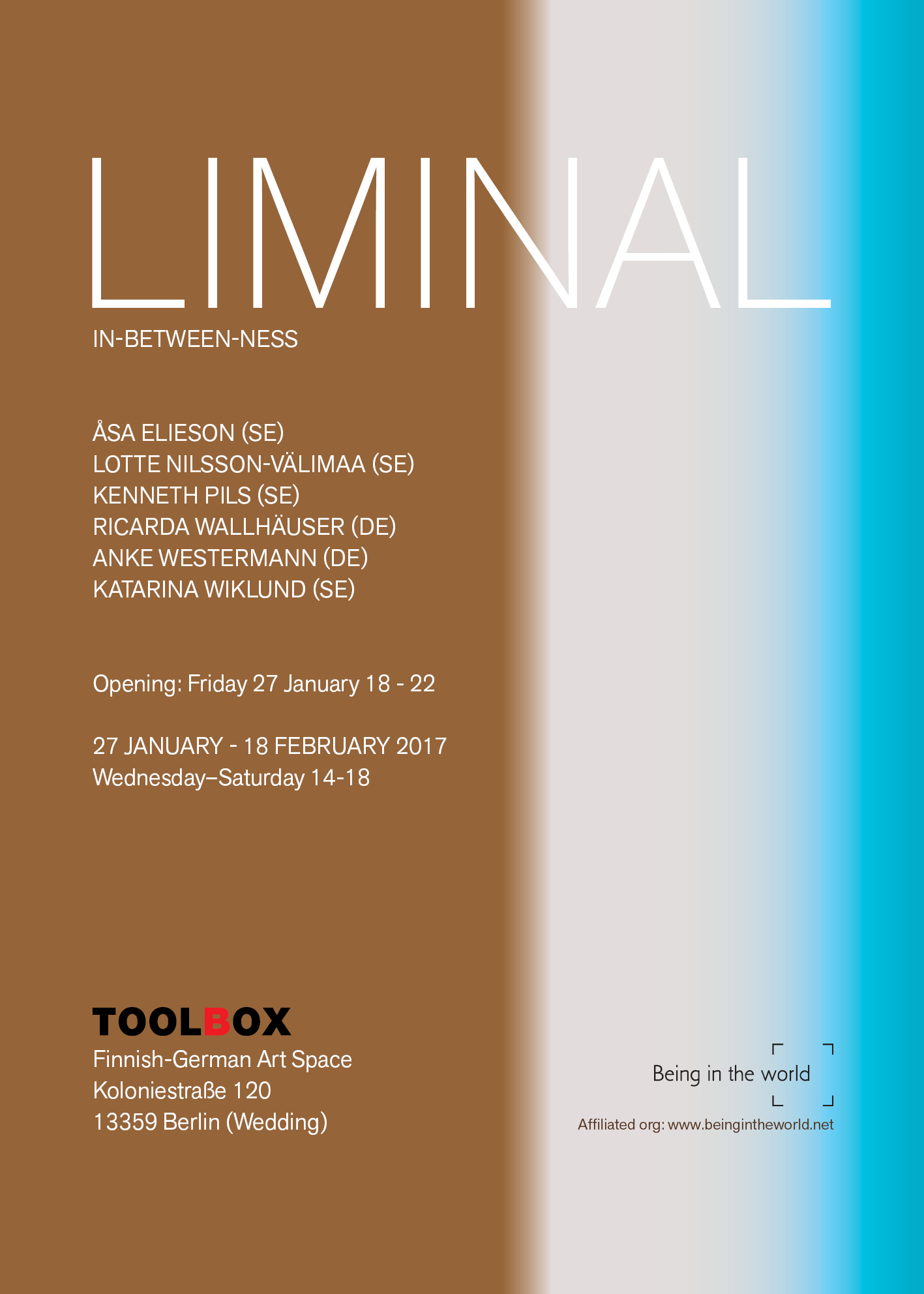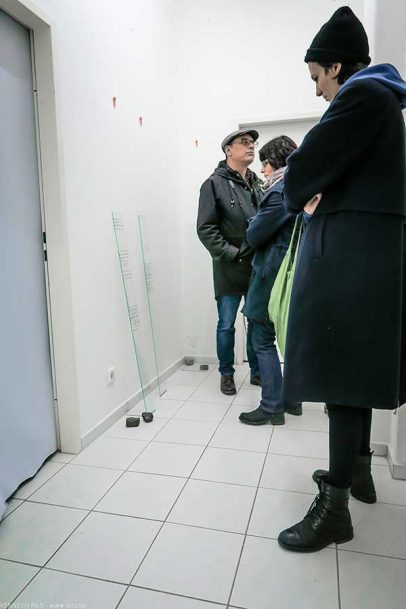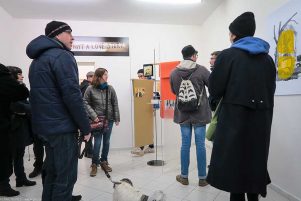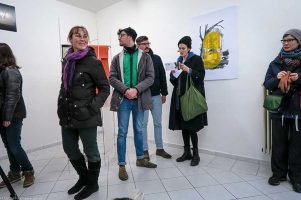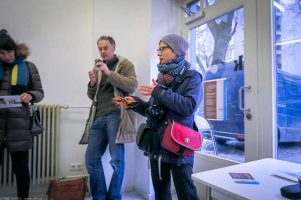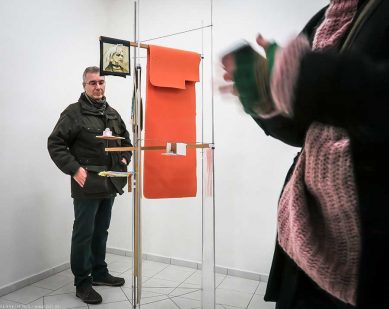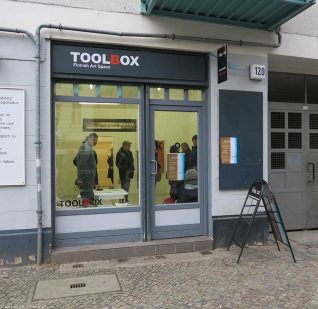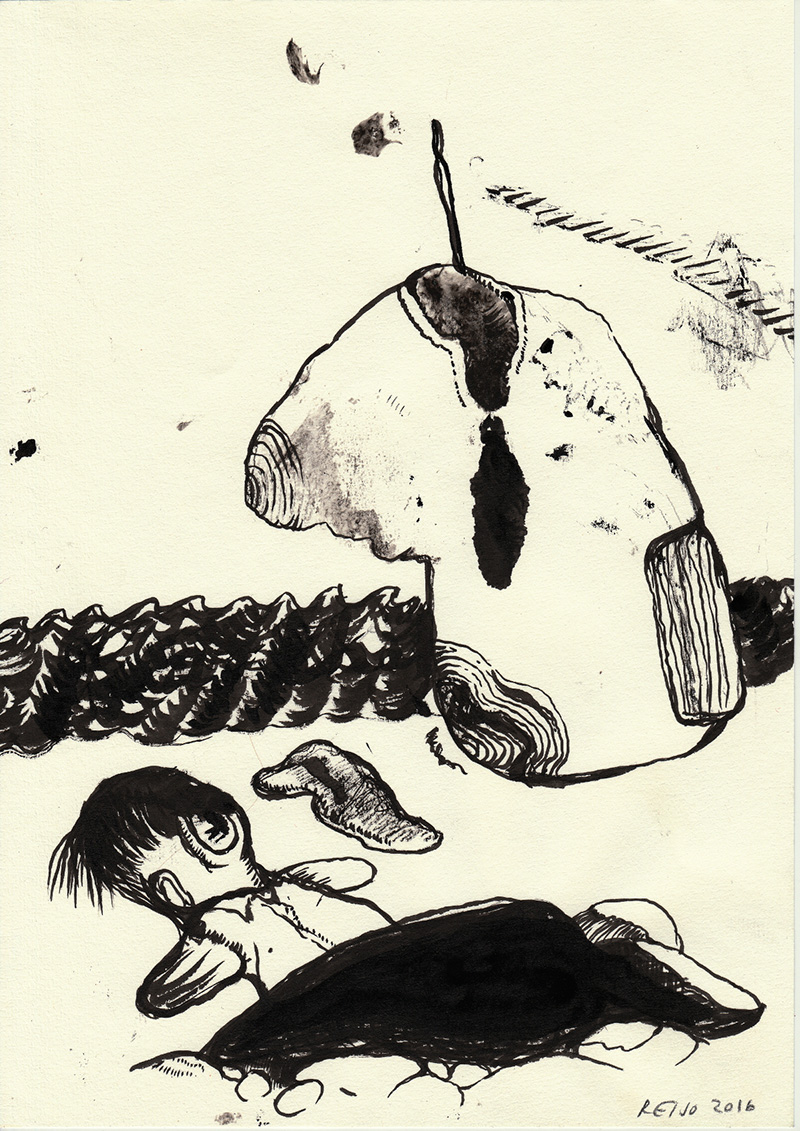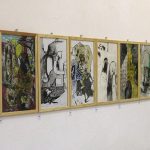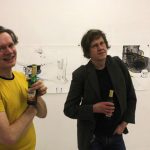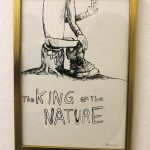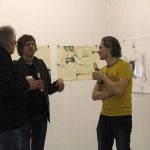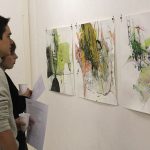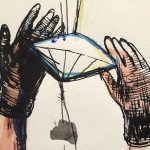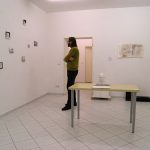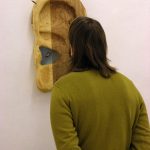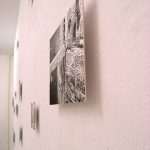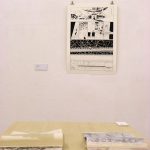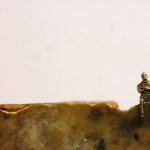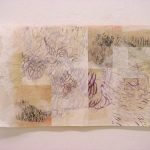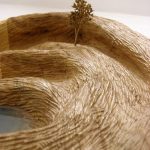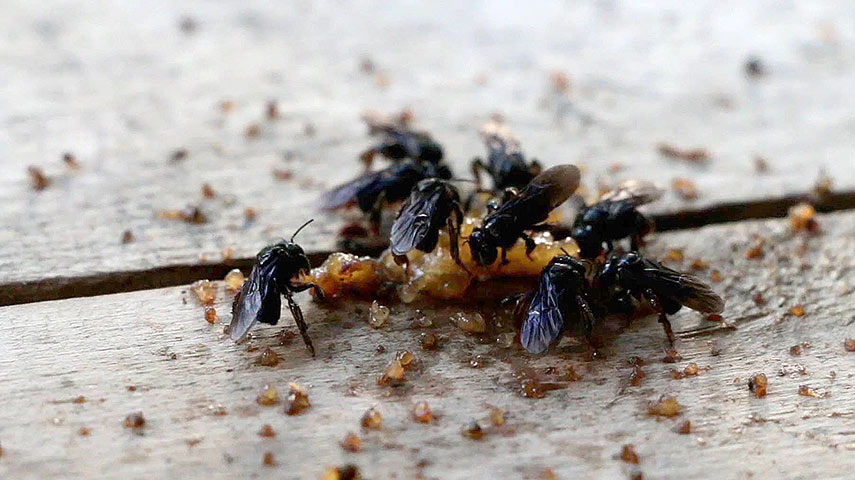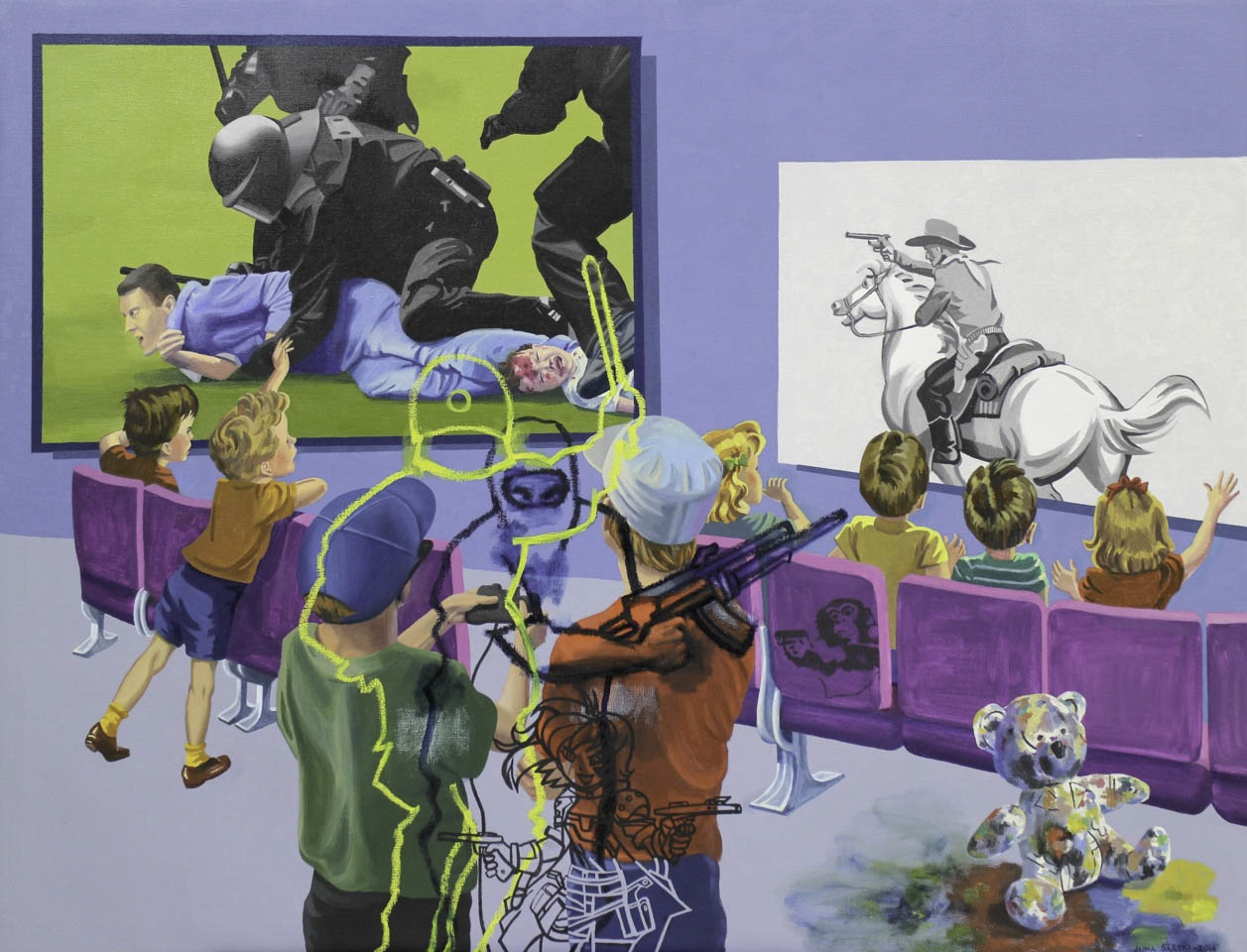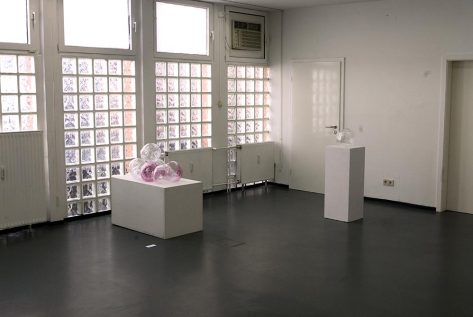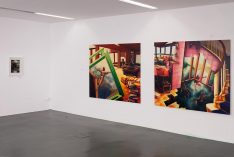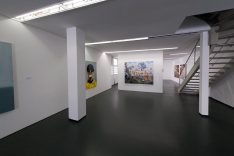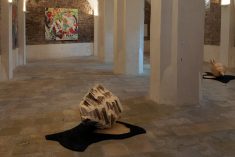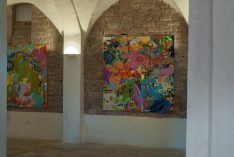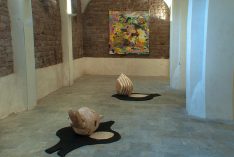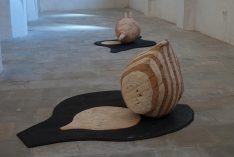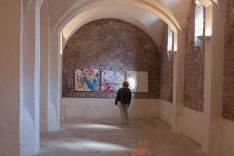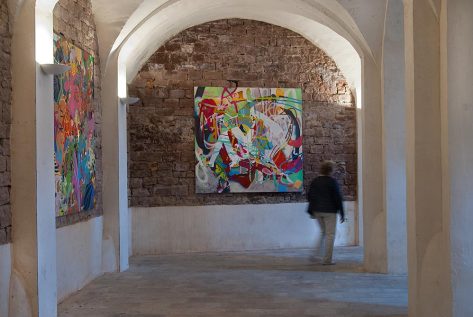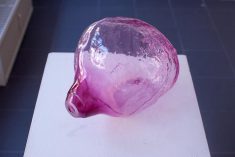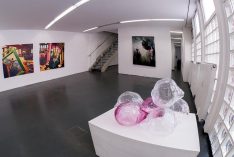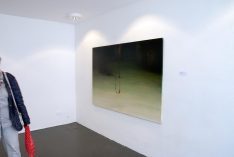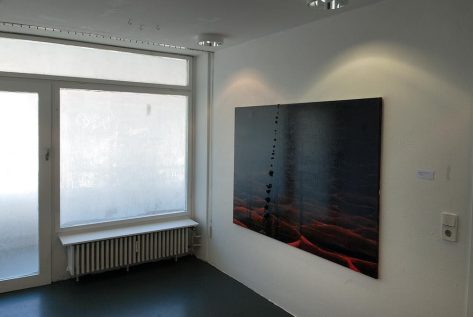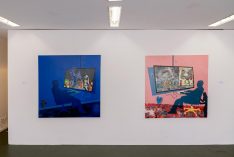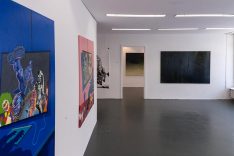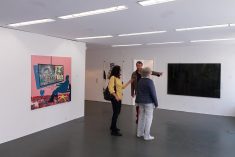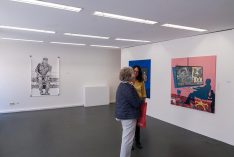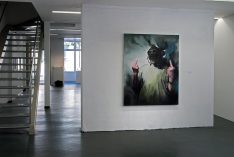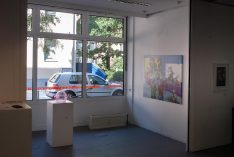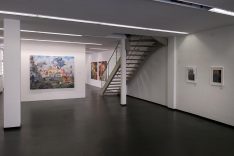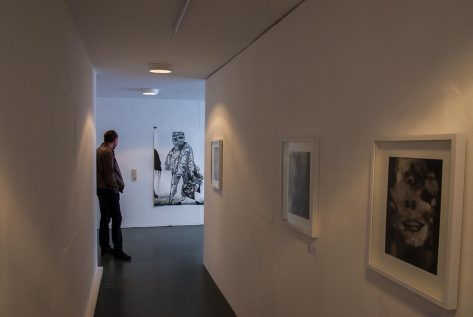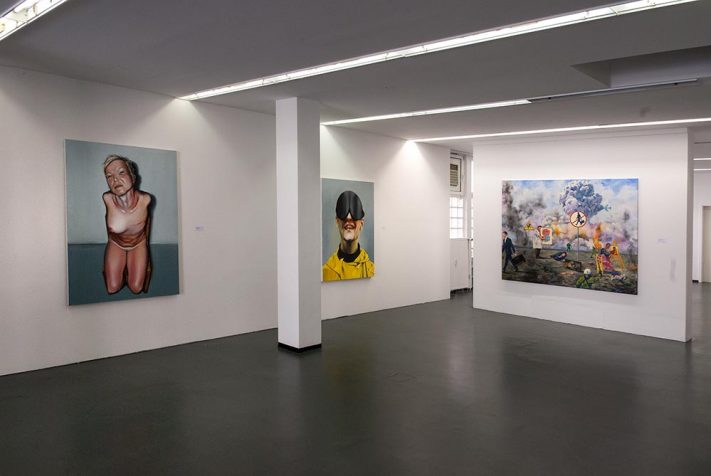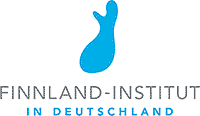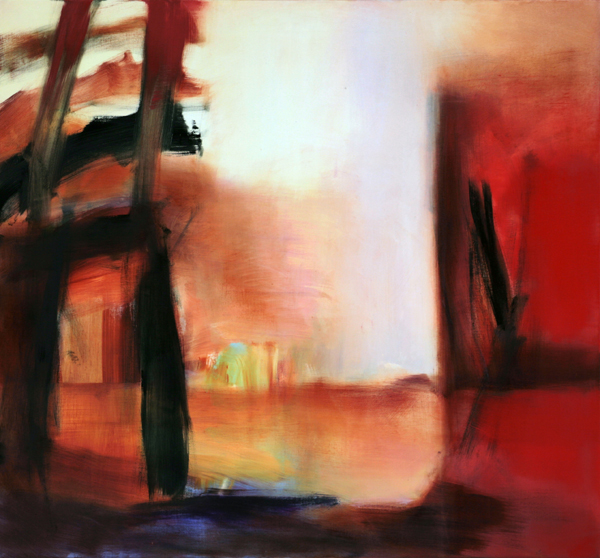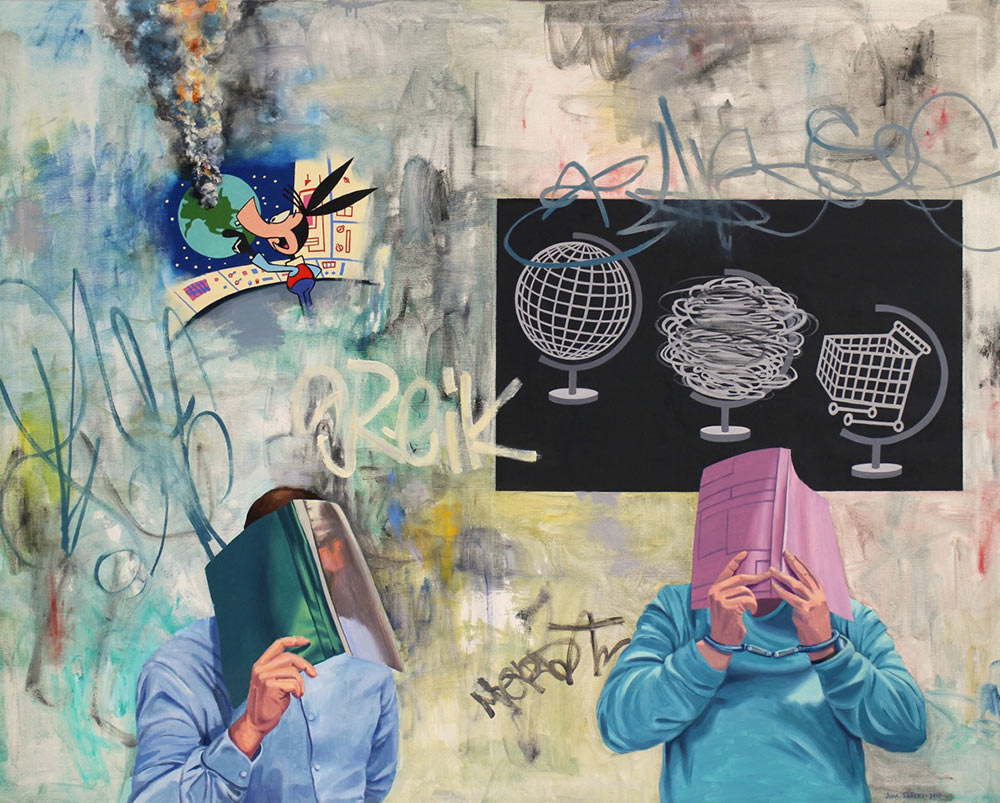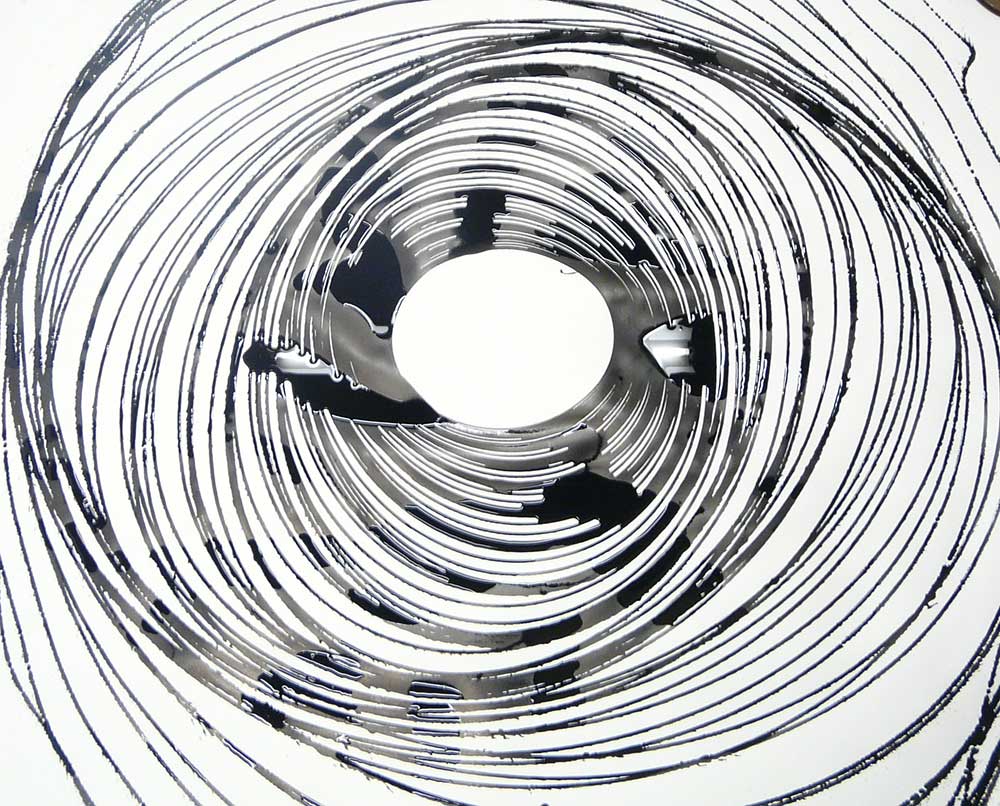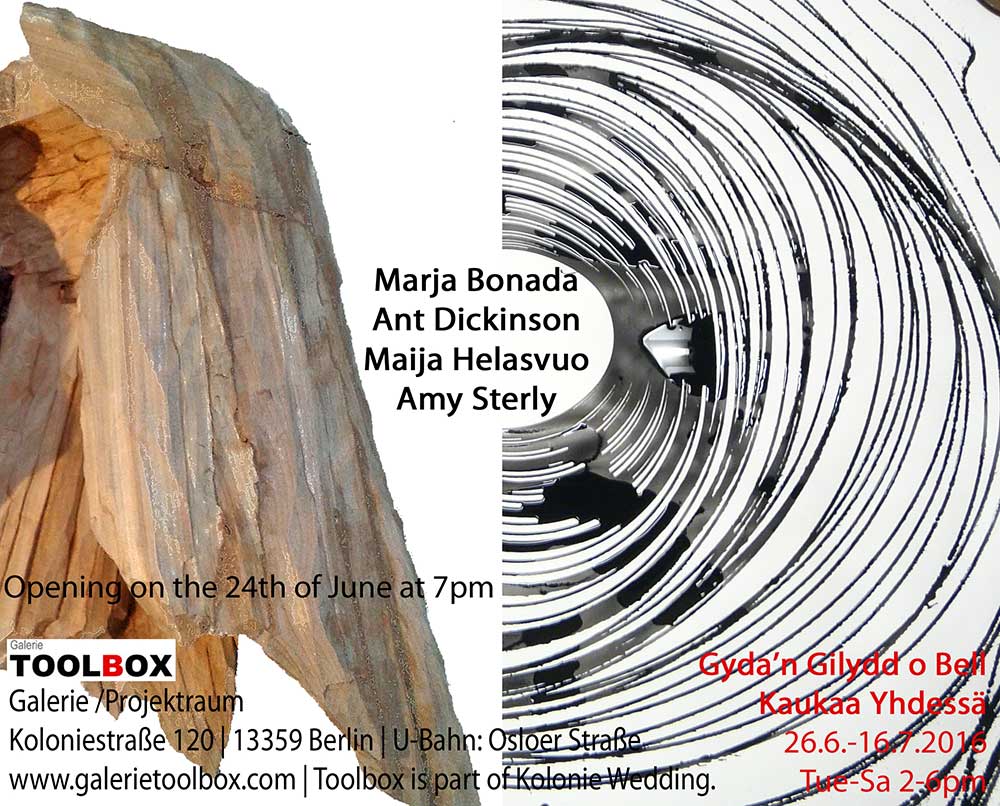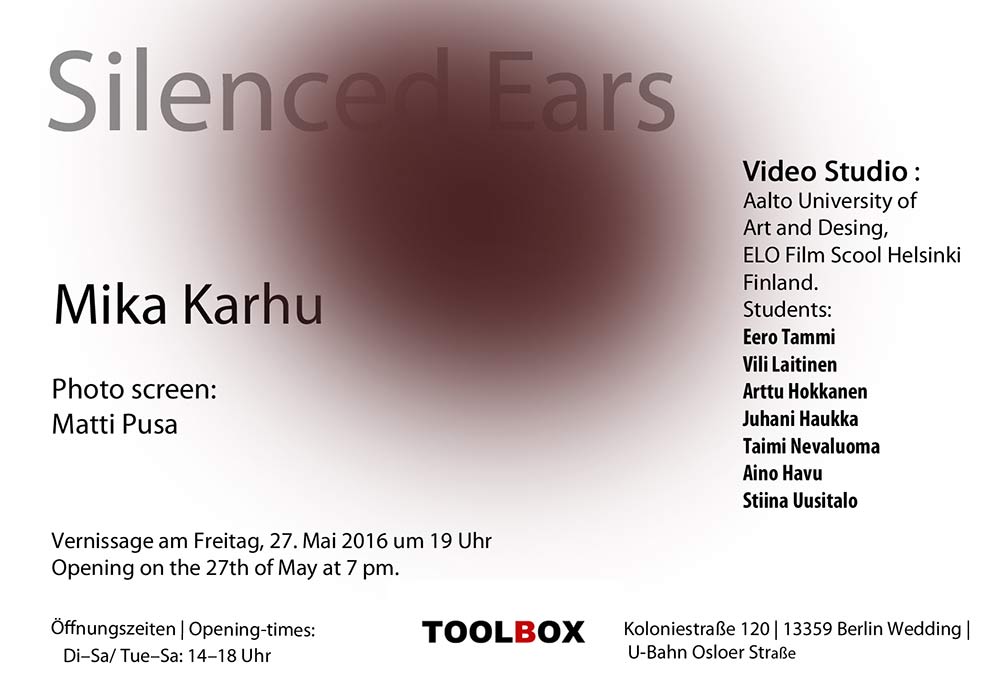Sampsa Indrén, Finland
Drawings
Welcome: Vernissage / Opening: Freitag / Friday 31.03.2017, 19 Uhr
Öffnungszeiten Kolonie-Weekend / Sunday 2-6pm
Ausstellungsdauer / Exhibition open: 31.03 – 17.04.2017
Öffnungszeiten/ Opening hours: Tue-Fr 2-6pm, Sa-Su: 12-6pm
Finissage: Monday, 17.4.2017 starts on 6pm
An Feiertagen ist die Toolbox geschlossen
On Bank holidays Toolbox is closed
English Text about Sampsa Indrén’s work
Natural Thing
Der Tod ist die natürlichste Sache überhaupt. Er ist außerdem das einzige, das allen lebenden Wesen der Welt wirklich gemein ist. Der Tod definiert das Leben, indem er ihm seine Grenzen gibt. Man könnte sagen, dass das Licht den Schatten erschafft und die Schatten Gestalt erschaffen. Indem wir sterben, geben wir den kommenden Generationen Raum und neue Dinge können erblühen.
Ich glaube, dass ich als Künstler die Verpflichtung habe, uns den Tod in Erinnerung zu rufen, damit wir mehr Freude am Leben haben und jetzt im Moment leben können. Es ist nicht leicht, den Tod als einen Freund anzusehen oder als etwas Erfreuliches; stattdessen gibt es Angst vor dem Tod. In meiner Serie versuche ich diesem Gefühl der Leere und des Schreckens etwas entgegenzusetzen, indem ich meine eigene Angst vor dem Tod in den Bildern sichtbar mache.
Als Künstler strebe ich nach jener Art von Kunstfertigkeit, die den Blick gefangennimmt und die Möglichkeit von gleichermaßen Ruhe und einer eigenen Interpretation eröffnet. Die Bilder der Serie sind Vogel-Allegorien, die, mit nordischem Respekt und slawischer Poetik, sich etwas melancholisch mit der skandinavischen Naturerfahrung beschäftigen.
In unserer Kultur waren Vögel oft ein Symbol für die Seele und für Freiheit, für Schönheit, für das Lichte und das Leichte. Um diese fliegende Metapher ordentlich untersuchen zu können, müssen wir allerdings warten, bis das Singen aufhört, die Bewegung abbricht und der Vogel stirbt. In meinem Werk erzeugt dieser Widerspruch eine Spannung, die unentwegt immer wieder neue kaleidoskopische Bedeutungen und einen Zen-artigen Frieden zulässt.
Natural Thing
Death is the most natural thing. It is also the only truly common thing to all of the living creatures in this world. It also defines life by giving it the outlines. One might say that light creates shadows and shadows create form. By dying we also give room to the generations to come and new things to bloom.
As an artist I feel that one of my duties is to remind us about this so we could have more joy of life and live strongly in this moment. It is not easy to see death as a friend or an enjoyable thing and that creates fear of death. My neurotically meticulous line strives to fill this empty and horrifying feeling, when my own fear of death is presented in a visual form.
As an artist I aim at exhibiting the kind of skill that captures the viewer by the piece and offers an opportunity for tranquillity and one’s own interpretation. The pieces in the series are bird themed allegories which, with a Nordic respect and Slavic poeticality, address the Scandinavian experience of nature, characterised by melancholy.
In our culture, birds have often symbolised the soul and freedom, beauty and lightness. However, for us to carefully examine this flying metaphor, we have to wait for the singing to end, the movement to stop and the bird to die. This contradiction forms a tension in my work that is constantly creating new kaleidoscopic meanings and zen-like peace.
